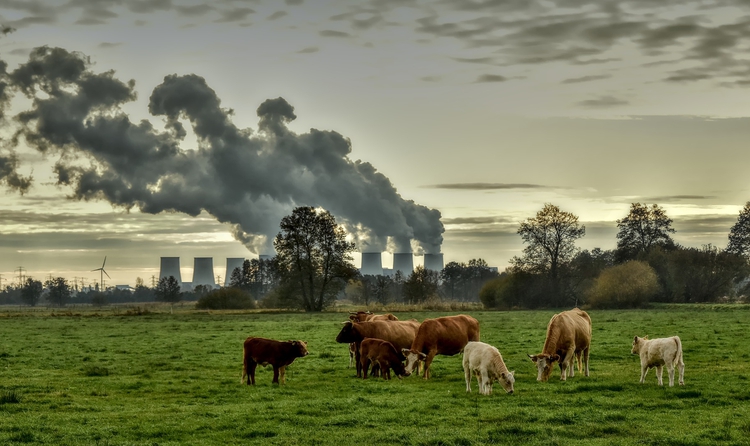It is not true that the “least developed” countries are the biggest polluters

During a program of Es la Mañana de Federico, false comments were made in the context of COP27

“Es la mañana de Federico”, a morning show on the fifth most listened to radio station in Spain with 760,000 weekly listeners, stated that the COP27 climate summit in Egypt “will produce a piece of paper containing various commitments” that “none of the most underdeveloped countries and Third World countries will honour”, calling those countries “the biggest polluters”.
This claim is FALSE. According to a report published recently by Global Carbon Project (GCP), an initiative aimed at quantifying the emissions from different countries, the biggest polluters per capita are Qatar, Bahrain, Kuwait and Trinidad and Tobago. The biggest polluters in absolute terms, i.e. without taking the total population into consideration, are China, the United States, India and Russia. None of the aforementioned countries are mentioned on the United Nations’ list of least developed countries (UN). In another analysis, published in 2020 by The Lancet Planetary Health, the authors point out that “the Global North” – which, according to the analysis, includes the United States, Canada, Europe, Israel, Australia, New Zealand and Japan – “was responsible for 92%” of excess emissions.
“The most underdeveloped and Third World [countries] are the biggest polluters”
The expressions “underdeveloped countries” or “Third World countries” are not the terms officially used today. Instead, the United Nations uses the term “least developed countries” (LCDs). According to a recent GCP report, the Global Carbon Budget 2022, in which 105 scientists from 80 research institutions and universities from all over the world participated, none of the countries the UN considers to be the least developed appears on the list of 10 countries that are the biggest polluters in the world, whether we look at the data in absolute terms – the amount of CO2 a country emits into the atmosphere, regardless of its population – or per capita – dividing the total emissions by the total number of inhabitants.
“The claim is false”, Pep Canadell, executive director of Global Carbon Project and chief research scientist at the CSIRO Climate Science Centre in Canberra (Australia), tells Verificat. “Sometimes people misinterpret our data”, he continues, “For instance, we just published the 2022 CO2 emissions and we talk about the biggest emitters, which are China, the United States, Japan, Russia…, and after that we say ‘the rest of the world’, which is sometimes confused with developing countries, but that’s not the case”.
The expert explains in the project’s latest publication that “the rest of the world” is responsible for “45% of global emissions”, which, he says, could give rise to misinterpretations that developing countries are the ones contributing more to emissions. “The catch here is that the rest of the world is over 150 countries, all together, which is why the claim doesn’t make any sense”, he concludes.
That is, if we look at the emissions in absolute terms, or without counting the number of people who live in a country. If we look at the data from this perspective, we see that the most-polluting countries are Qatar, Bahrain, Kuwait, and Trinidad and Tobago.
If we look at emissions by GDP, or the amount of CO2 burned in order to generate a dollar in a specific territory, the data indicate that Mongolia is in the lead with 1.29 kg of CO2 for every dollar generated, followed by Trinidad and Tobago, Turkmenistan and Libya.
Other recent publications, such as the Emissions Gap Report 2022 edited by the UN Environment Programme (UNEP), are moving in the same direction. The report estimates that the biggest emitters in absolute terms are China, the United States, India and the European Union (EU) as a whole [page 17].
It must be noted that the GCP draws a distinction between emissions produced by fossil fuels and land use changes, while the UNEP combines them. But while the two reports use different methodologies, neither of them concludes that the least developed countries are the biggest polluters.
Other analyses, including this one by The Lancet Planetary Health published in 2020, estimates that “the USA was responsible for 40% of excess global CO2 emissions”, while the EU “was responsible for 29%”. As a group, the G8 nations – i.e. Germany, France, the United States, Italy, Russia, Japan and the United Kingdom – “were together responsible for 85%”. As a whole, “the Global North was responsible for 92%”.